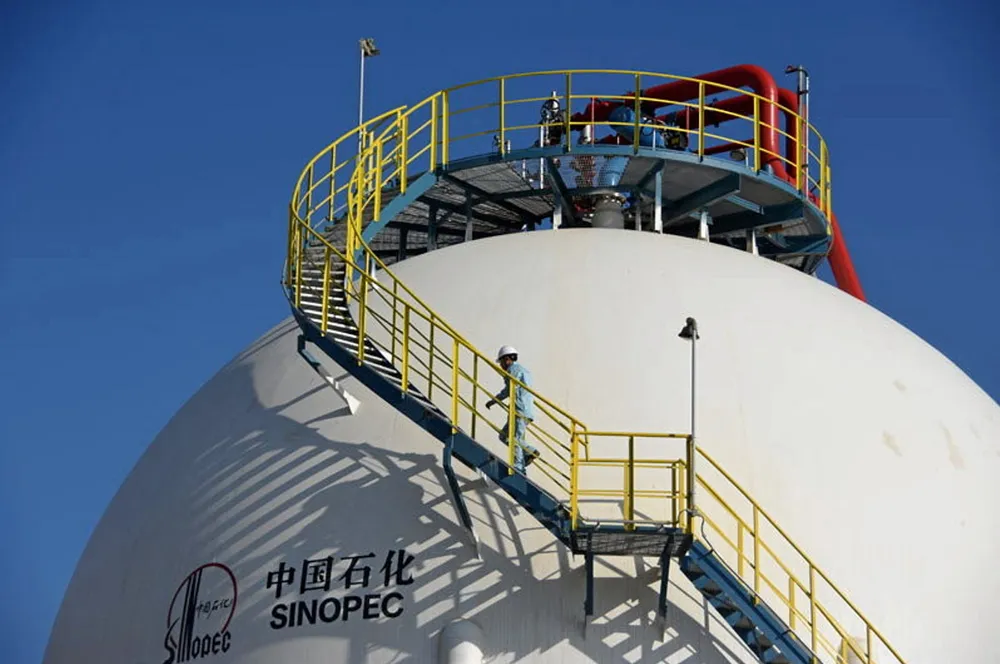World's largest green hydrogen project begins production in China
The 260MW Kuqa facility in Xinjiang will displace grey H2 at state oil company’s existing refinery

The 260MW Kuqa facility in Xinjiang will displace grey H2 at state oil company’s existing refinery
